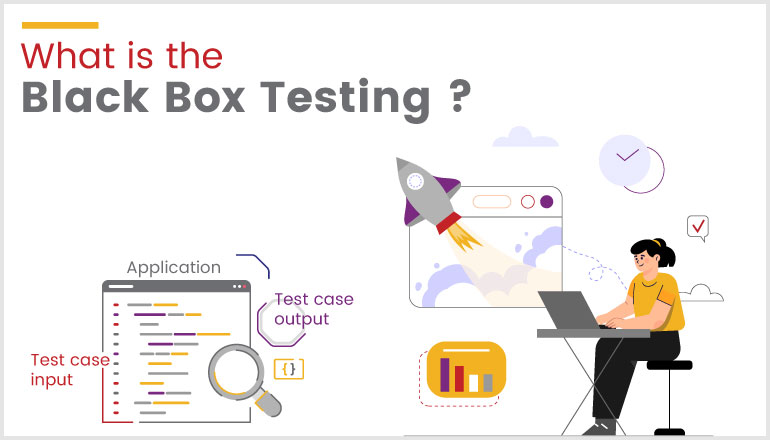- In this kind of testing, the penetration tester acts like a normal hacker who doesn't know anything about the target system.
- Testers don't get any diagrams of the architecture or source code that isn't available to the public.
- A black-box penetration test looks for weaknesses in a system that can be taken advantage of from outside the network.
Penetration testing can be categorized into three types:
- Black box,
- Grey box,
- White box.
Every testing has their own benefits and requirements,
|
White Box Testing |
Grey Box Testing |
Black Box Testing |
|
Also known as open Box penetration testing |
It is a combination of white box and Black Box testing |
Also known as close Box penetration testing |
|
Complete Knowledge about the Application, Code and the Infrastructure |
Some Knowledge About the Application, Code and the Infrastructure. |
No Knowledge about the Application, Code and the Infrastructure |
|
High level access to the Target |
Some level access to the target |
Zero access to the target |
How does it help with clients ...?
- A black-box penetration test reduces the attack surface of an organization by identifying common vulnerabilities.
- It enhances the application's performance and quality.
- It helps to identify functionality, usability, and other feature deficiencies.
- It helps client’s applications form common vulnerabilities such as XSS, SQL injection, CSRF, etc. are extensively checked.
- It also checks client server misconfiguration issues as well.
- Every company should perform black box penetration testing once or twice a quarter, while grey box pen testing can be performed annually.
How black box pen testing works:
- The only information provided to the penetration tester about the target is the URL or APK/IOS file in the case of web application testing or mobile application testing, in both.
When it comes to conducting a black-box penetration test, there are five major Phases.
1: Reconnaissance
- During this phase, they conduct reconnaissance and collect any sensitive information required to penetrate the network.
2: Scanning & Enumeration
- During this phase, scanning and enumeration are conducted manually or by an automated system that is unfamiliar with the target.
3: Vulnerability Discovery
- After collecting the necessary data, the black-box penetration tester gives a clear overview of the target system. The map is based on the pen tester's observations, research, and analysis, just as an unprivileged attacker would map the target.
4: Exploitation
- Throughout this phase of the black-box penetration test, the tester will create malicious actions to exploit any potential vulnerabilities. During this phase, the tester gains access to the system's core in the shortest amount of time possible.
5: Privilege Escalation:
- After a breach, the pen tester attempts privilege escalation and attempts to establish a persistent presence, just as an attacker would, but without causing any harm. At the conclusion of the examination, the penetration tester prepares a report and cleans up the environment.
Conclusion:
Small organizations, such as start-ups, that do not have a large budget for penetration testing can choose the cost-effective black box test. This type of testing provides detailed remediation information to fix flaws quickly.
Please connect with us to know further about different types of pentesting.



